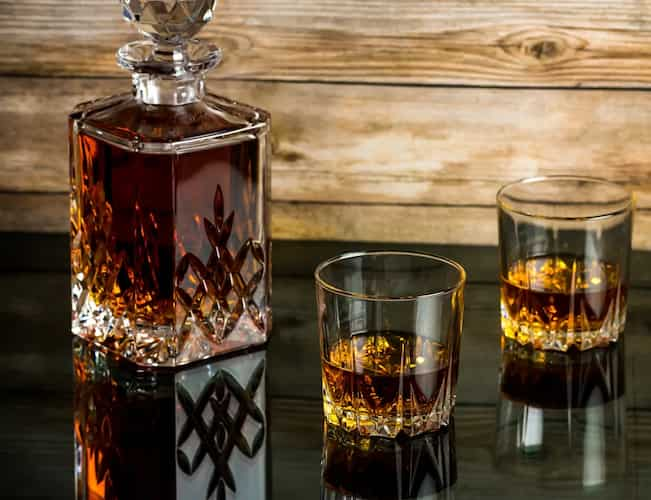Sommeliers often talk about a well-known tale involving Indian heritage brews. Rana Hammir Chauhan of Ranthambhore, who had 11 wives at the time, discovered that he was lacking in the bedroom. When he was in trouble, a saint intervened and gave him the formula for a potion that would give him the energy of a hundred horses. The Mahansar royal family still has safe custody of the grand aphrodisiac's recipe, which is a royal secret.
The royal family of Kanota's Man Singh asserts that Chandra Haas, their enormously popular heritage beer, too possesses supernatural qualities. Close to 80 herbs are included in the mixture, which was created for the first time by their jagirdars in 1863 and includes saffron, rose, white sandalwood, safed musli (indian spider plant), nutmeg, and anise. Man Singh compares its healing and disease-fighting abilities to the khadag of Vishnu, which vanquishes asuras. "It is capable of curing all diseases," says the speaker. "Iss mein sabhi rogon ko kaatne ki kshamta hai." If used regularly, the formula expressly states that it can rejuvenate a 100-year-old. Who can predict what it might do to you? Singh says.

Mahansar's dates all the way back to the 1770s, but royal families from throughout Rajasthan had their own liqueur variations. Commercial production, however, did not begin until 1924, when a cutting-edge distillery was built in Jodhpur. When the country gained independence, the brews were outlawed, and they immediately returned to the royal residences from which they had initially managed to scrape their way out to serve as "baap dada ki daaru" for future monarchs.
The Rajasthan State Ganganagar Sugar Mills Ltd.'s distillery in Jaipur started producing the Chandra Haas and seven other historical spirits from other royal families in 2006. Molasses was replaced by spirit, but the production process—including the use of conventional equipment for fermentation and distillation—and the components remained the same. The three once distinct kinds of alcohol—ikbara for commoners, dobaara for officers, and asaav just for royalty—went through a distillation process to become one shared sip of regal history.
Kesar Kasturi, Saunf, Jagmohan, Mawalin, and Elaichi may all compete favourably with the strongest spirits. These blends, which should be consumed as one or two shots (30ml each) during a sumptuous country supper, are potent, herbaceous, and overwhelming. As an illustration, consider the late actor Roger Moore, who fell in love with Kesar Kasturi while filming the James Bond movie Octopussy at this location. Due to a ban imposed by the Wildlife Protection Act of 1972, the usage of black deer musk (kasturi) was ended with the introduction of Kesar Kasturi. The brew is now made with milk, crystal sugar, ghee, saffron, and a variety of herbs, roots, dry fruits, spices, and nuts.
The Royal Jagmohan, a product of the House of Marwar, was created at Kishangarh from an older heritage liqueur known as Manmohan that was made in royal vaults. The Jagmohan is primarily a warming winter drink and is a lively blend of herbs, spices, seasonal fruits, murabba, and barks.
The Royal Mawalin is supposed to have originated from the aristocratic cellars of the Sodawas of Jodhpur, and Thakur Bishan Singh of Osian received the recipe as a jagir from Maharaja Umaid Singh. This bitter liquor is reviving and is reputed to aid in colds, body aches, and better digestion. In addition to dates and dry fruits, it contains about 40 components, the majority of which are regional spices.
The munawwar pyala served by kings and chieftains to their foreign guests might not truly be tasted. After a drink of the coveted Royal Saunf made famous by Mahansar Thikana, which becomes milky when water is added, one might not even feel the blood of a hundred horses running through them, but even a shot of Rajasthan's potent heritage liqueurs will transport one to the state's regal past.


